Simply just buying the food and drinks you need to sustain yourself can feel far too expensive these days. But the good news is that cutting back on food costs doesn’t have to mean sacrificing on quality or going hungry. A few little changes to how you shop, cook, and plan, you can save you a surprising amount of money.
Here are a few practical tips that will help you cut $50 (or more!) off your food budget every month.
Plan Your Meals in Advance
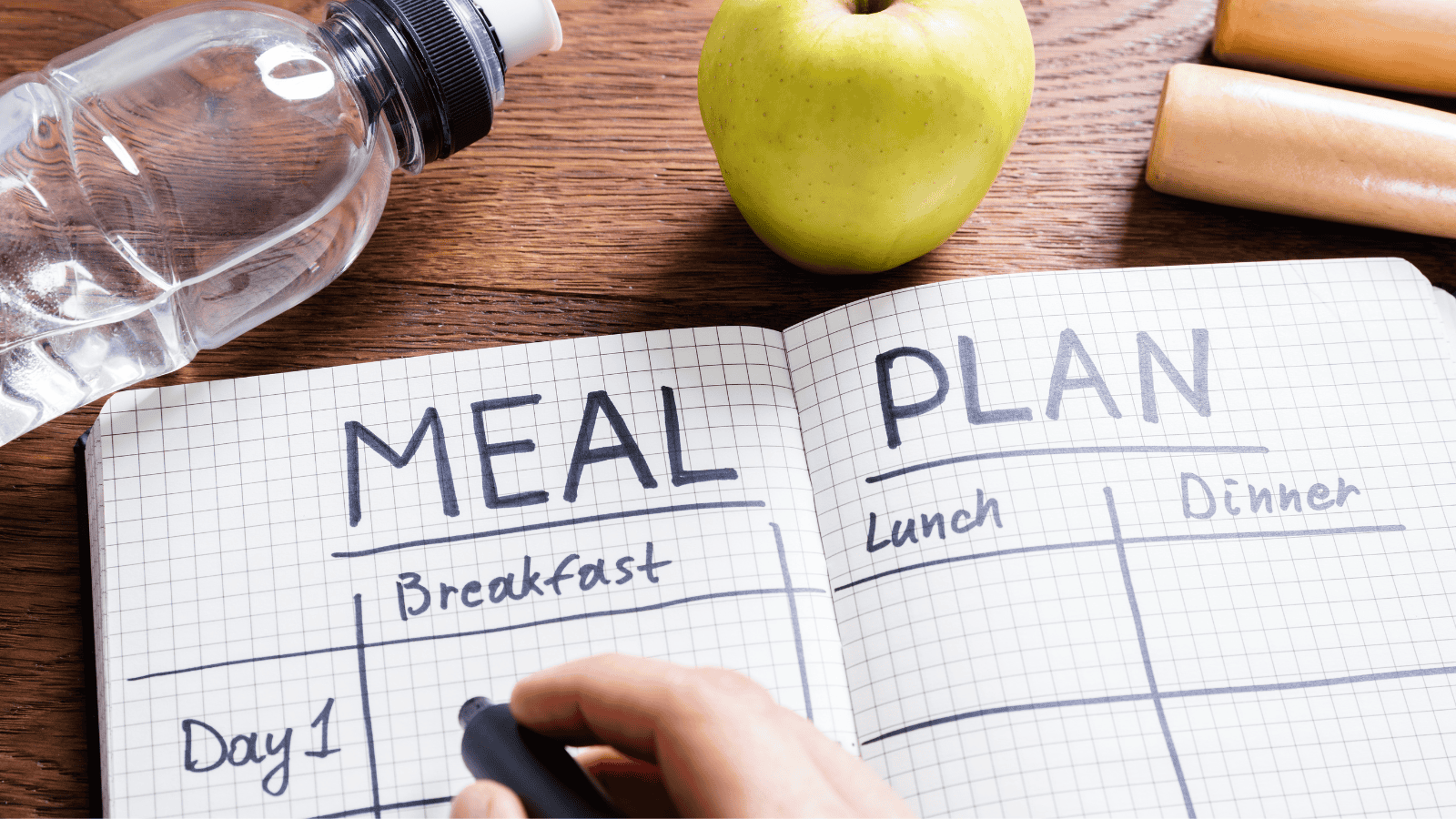
This may sound like a strange way to save money, but as you may have noticed, heading to the store without a plan often leads to impulse purchases and wasted food. You can fix this problem by simply taking 10 minutes to plan your meals for the week and creating a detailed shopping list.
Stop Buying Pre-Cut Produce
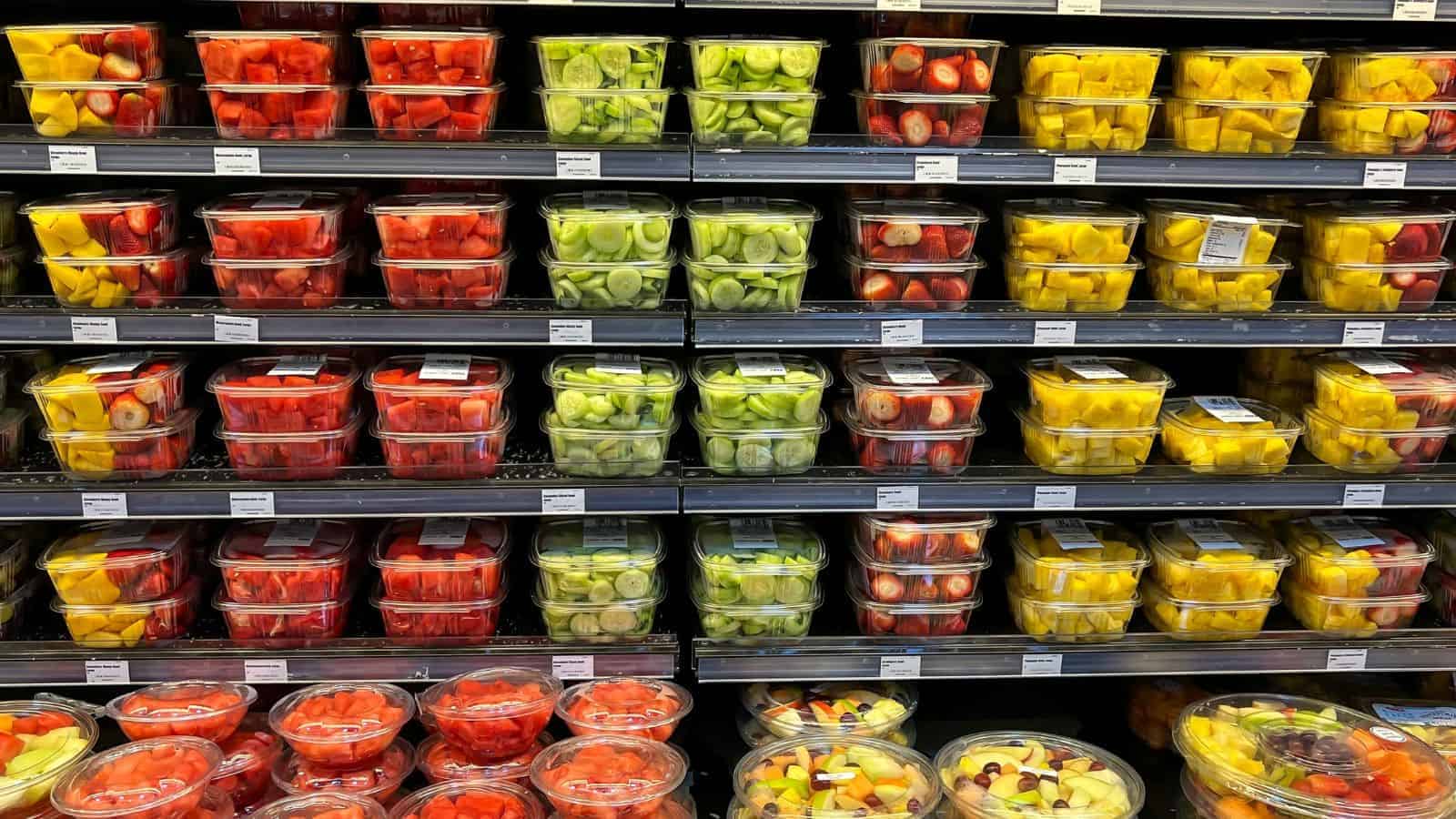
Sure, pre-cut fruits and veggies are nice and convenient, but you’re paying a hefty premium for that convenience. Whole produce costs a whole lot less, lasts longer, and is easy to prep yourself. Just a little extra chopping at home can easily save you $5–$10 per shopping trip.
Stick to Store Brands

Most people are likely to stick to brand-name products simply because they’re more familiar and seem trustworthy. But store brands usually taste just as good while costing up to 30% less. Swapping out even a few items can save you some significant money without any sacrifice.
Buy in Bulk for Staples
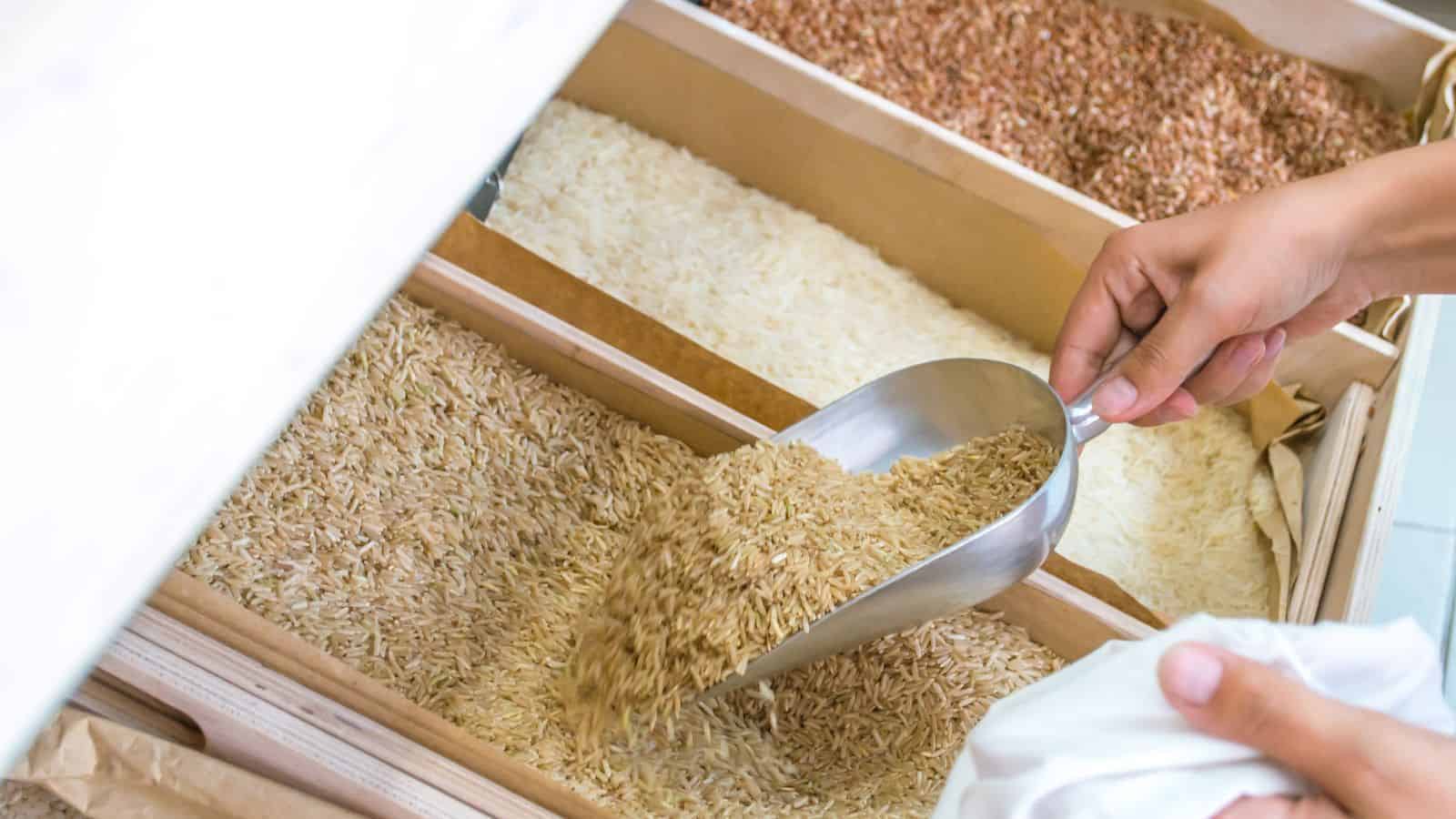
For staple items that have a long shelf-life, like rice, beans, oats, and flour, buying in bulk can be a much cheaper option. The other great thing about doing this is that you’ll always have ingredients on hand for meals, saving you those annoying store visits for just one thing.
Cut Back on Meat

If you look back on your receipts, you may see that meat is often one of the most expensive items on your grocery list. There are more and more meat-free options these days, so you might want to consider cutting back and planning one or two meatless meals each week. Dishes like vegetable stir-fries, bean-based chili, or pasta with roasted vegetables can be equally as filling and delicious.
Shop Seasonal Produce

The reason that out-of-season fruits and vegetables are more expensive is because they’re shipped from a lot further away. This can also impair their health benefits and quality, so you’re better off sticking to produce that’s in season.
Local farmers’ markets can also be a wonderful way to find affordable, seasonal produce.
Don’t Shop Hungry

It’s scientifically proven that shopping on an empty stomach makes you more likely to overspend. This makes sense, as hunger makes you more likely to grab snacks and impulse buy things you’d want to eat right away, even if they weren’t part of your plan. So, it’s best to eat a small meal or snack before heading to the store.
Use Coupons and Cash-Back Apps
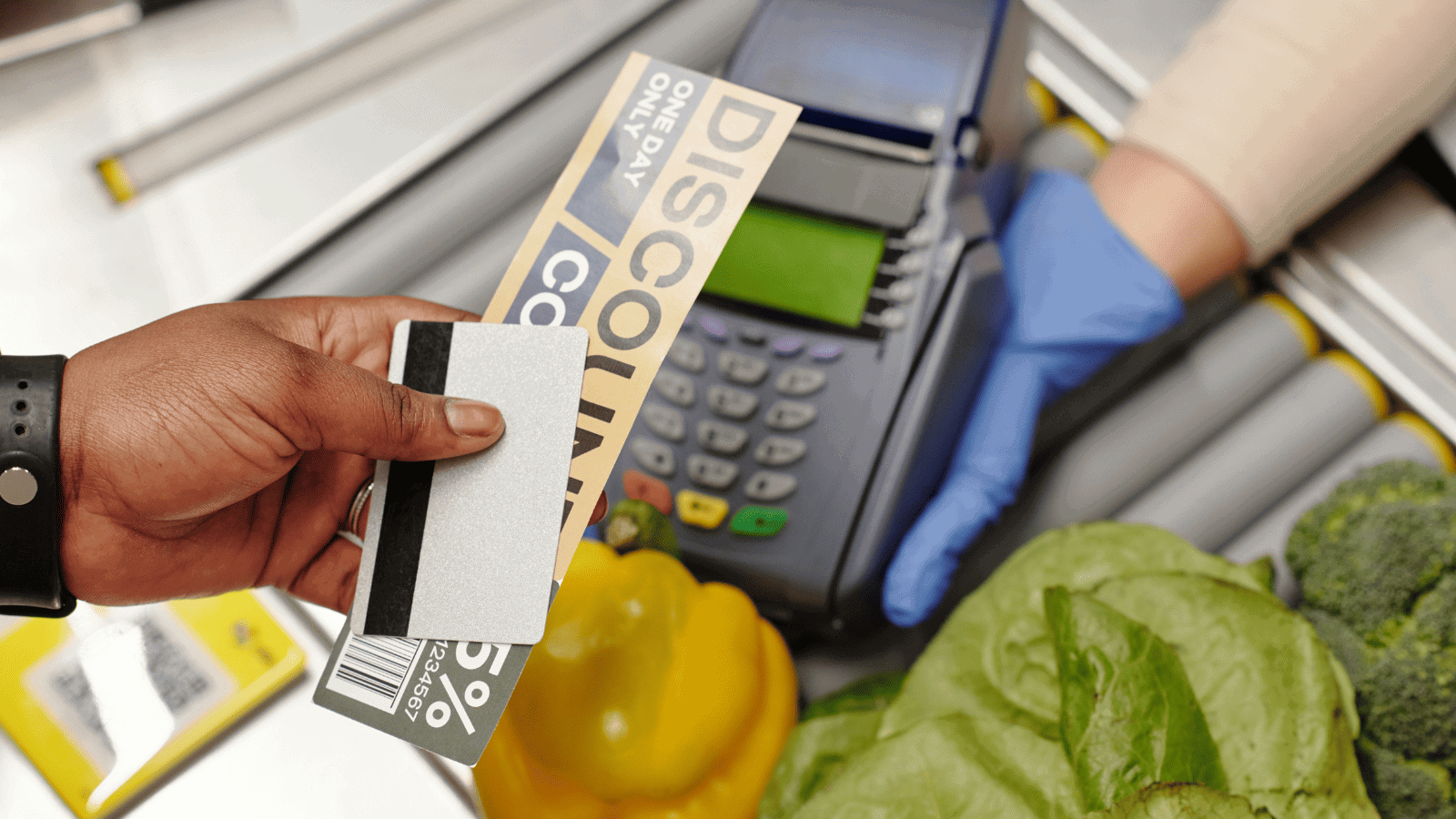
You might think that coupons are only something extreme savers use, but they’re actually an easy way to cut costs on groceries you already buy. Apps like Ibotta, Rakuten, or your local grocery store’s digital coupons offer savings or cash back on everyday items.
Limit Processed Snacks

It’s a pretty well-known fact that packaged snacks like chips and cookies usually cost a lot more per serving than whole foods. Cutting back on these calorific snacks will both save you money and improve your health and well-being. For a healthier and more affordable option, you could try popcorn, fruit, or nuts.
Cook Once, Eat Twice

Why not double your recipes so you can enjoy leftovers for lunch or dinner the next day? Cooking larger portions, both saves you time and reduces that irresistible temptation to grab takeout when you’re too tired to cook.
Meals like soups, casseroles, and pasta dishes are great candidates that reheat well and are easy to scale up.
Skip the Soft Drinks and Fancy Beverages

Sodas, juices, and those fancy coffee drinks may be tempting, but they’ll quietly add dollars to your food bill. At $2–$3 each, these drinks quickly add up over the course of a month. So, stick to water, homemade iced tea, or coffee brewed at home as much as possible to cut those costs.
Use Your Freezer Wisely

Many people forget that freezing food is one of the easiest ways to prevent waste. Instead of needlessly chucking away old food, you can store leftovers, freeze meat when it’s on sale, and save vegetables you can’t use right away for soups or stir-fries.
Shop Weekly, Not Daily

Those quick, last-minute trips to the store are very likely to make you impulse buy and overspend. That’s why it’s generally better to limit your shopping to once a week so you’re buying only what you actually need. The fewer trips you make, the more money you’ll keep in your pocket.
Make a Pantry Inventory
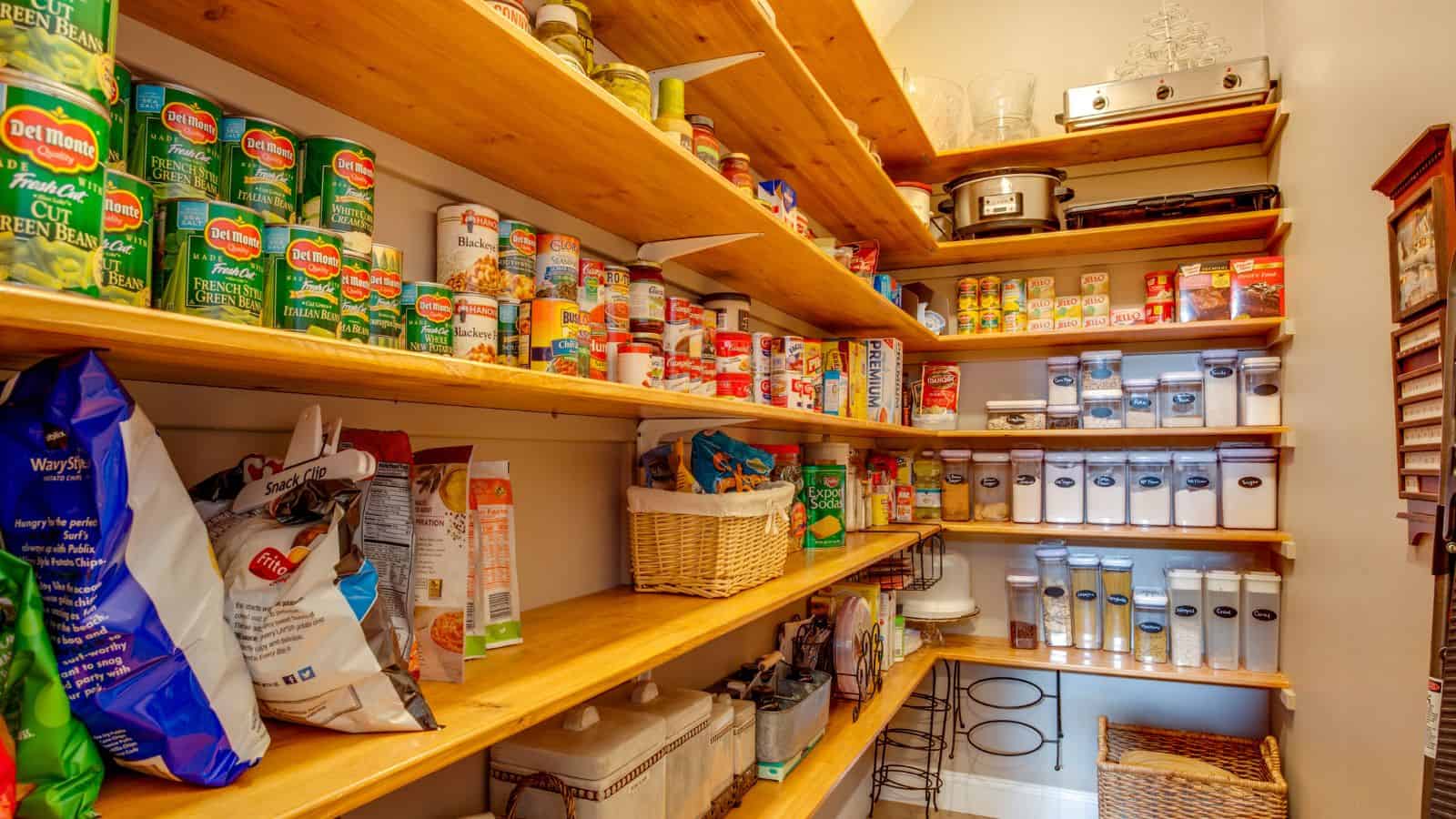
Before you head out to the store, it’s a good idea to take stock of what’s already in your pantry and fridge. You might find that you already have enough ingredients to make a meal or two without needing to spend a dime.
This habit helps you reduce food waste and prevents you from buying stuff you don’t really need.
Say No to Pre-Packaged Meals
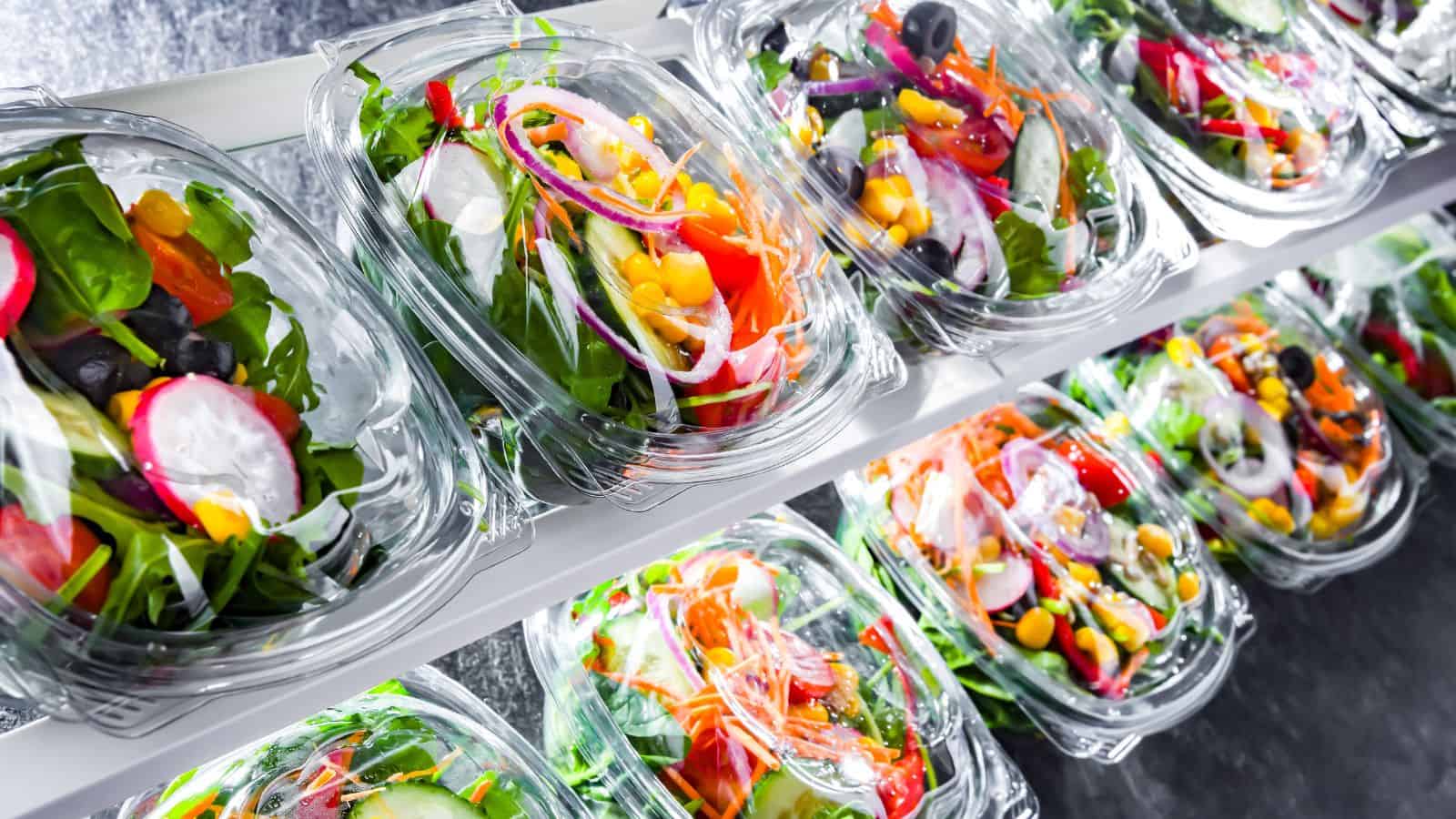
We all know that pre-packaged or frozen meals are temptingly convenient, but they’re also very pricey compared to cooking from scratch. If you’re willing to find a few simple recipes and do a little planning, you can make homemade meals that taste better, cost less, and give you more servings.
Take Advantage of Sales
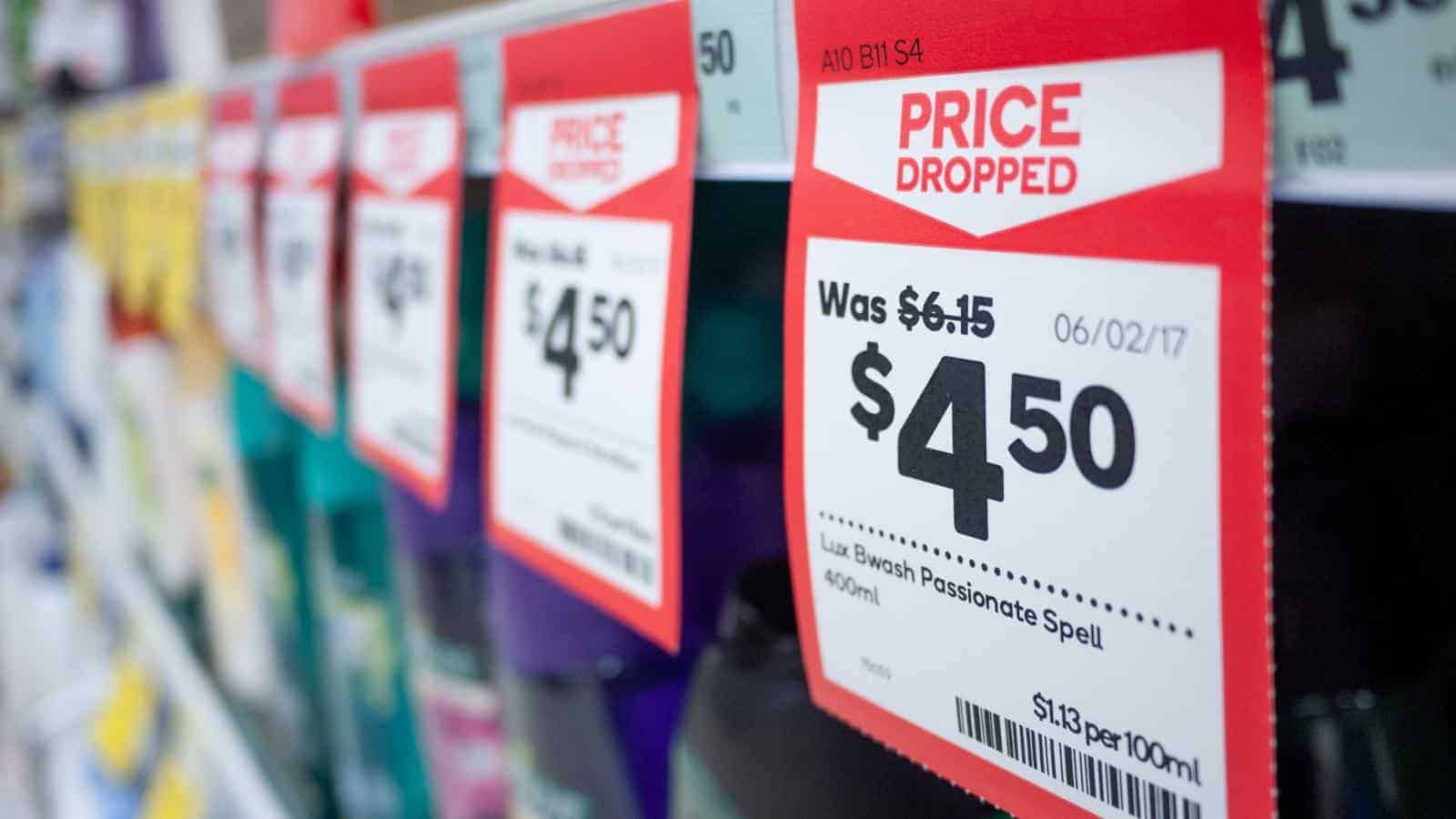
There’s always a sale somewhere, so why not take advantage of that? Look out for any discounts on staples like meat, canned goods, or pasta, and plan your meals around these deals. You can even time your shopping with sales events to help you stretch your budget further.
Pack Your Own Snacks

Yes, grabbing snacks on the go is quick and easy, but this typically costs much more than preparing them at home. You can easily make your own snack packs with nuts, granola, or fruit if you want an easy alternative that costs you less.
Avoid “Empty” Store Aisles

You probably already know what we mean by those “empty” aisles. Stores will strategically place common impulse-buy products—like candy, magazines, and snacks—near checkout lanes and along aisles that get a lot of traffic.
That’s why you should avoid lingering in these areas and stick to the perimeter where the essentials are.
